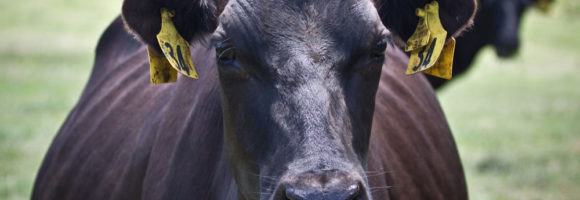Exploring Exceptions to the Dehorning Process

While the Dehorning Process of cattle is a common practice, there are also some unusual circumstances surrounding the practice that may not be quite so common. For example, if the disbudding or dehorning procedure is not performed correctly, it is possible for the horns to grow back. If the hot-iron used in the process is not hot enough, for example, some of the horn cells may remain, thereby allowing the horns to grow a second time.
In some cases, cattle may also be born without horns in the first place. Whether or not a cattle has horns depends on genetics. As such, breeding of hornless, or “polled,” cattle is becoming an increasingly common practice among beef cattle. In this way, there is no need to go through the process of dehorning. Among dairy breeds, the process of breeding cattle without horns is still not very common.
Caring for your cattle can help to ensure they have a long healthy life that results in the most milk or beef production. When an unexpected death occurs, however, it is essential to remove the carcass as soon as possible in order to protect the health of the rest of the heard. At The Last Ride, you can count on quick and professional service every time.